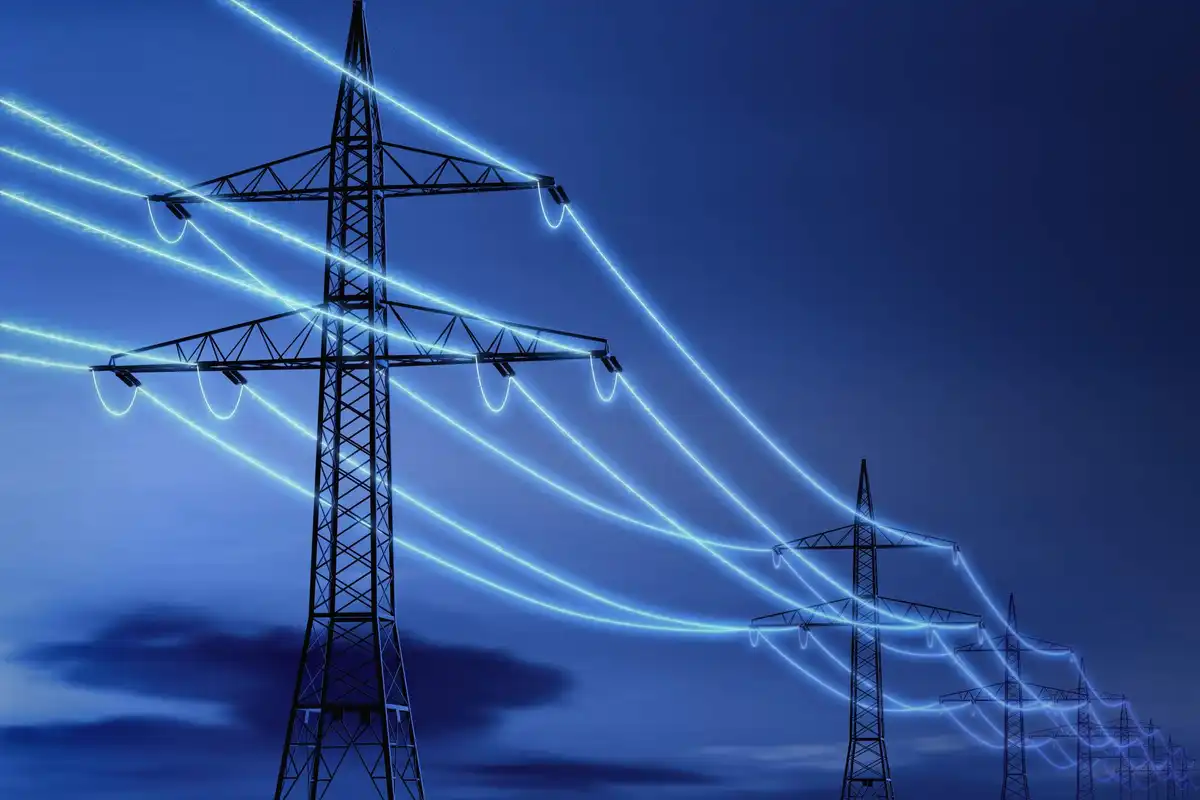Houston researcher dives into accessibility of public EV charging stations
EV equity
A Rice University professor wants to redraw the map for the placement of electric vehicle charging stations to level the playing field for access to EV power sources.
Xinwu Qian, assistant professor of civil and environmental engineering at Rice, is leading research to rethink where EV charging stations should be installed so that they’re convenient for all motorists going about their day-to-day activities.
“Charging an electric vehicle isn’t just about plugging it in and waiting — it takes 30 minutes to an hour even with the fastest charger — therefore, it’s an activity layered with social, economic, and practical implications,” Qian says on Rice’s website. “While we’ve made great strides in EV adoption, the invisible barriers to public charging access remain a significant challenge.”
According to Qian’s research, public charging stations are more commonly located near low-income households, as these residents are less likely to afford or enjoy access to at-home charging. However, these stations are often far from where they conduct everyday activities.
The Rice report explains that, in contrast, public charging stations are geographically farther from affluent suburban areas. However, they often fit more seamlessly into these residents' daily schedules. As a result, low-income communities face an opportunity gap, where public charging may exist in theory but is less practical in reality.
A 2024 study led by Qian analyzed data from over 28,000 public EV charging stations and 5.5 million points across 20 U.S. cities.
“The findings were stark: Income, rather than proximity, was the dominant factor in determining who benefits most from public EV infrastructure,” Qian says.
“Wealthier individuals were more likely to find a charging station at places they frequent, and they also had the flexibility to spend time at those places while charging their vehicles,” he adds. “Meanwhile, lower-income communities struggled to integrate public charging into their routines due to a compounded issue of shorter dwell times and less alignment with daily activities.”
To make matters worse, businesses often target high-income people when they install charging stations, Qian’s research revealed.
“It’s a sad reality,” Qian said. “If we don’t address these systemic issues now, we risk deepening the divide between those who can afford EVs and those who can’t.”
A grant from the National Science Foundation backs Qian’s further research into this subject. He says the public and private sectors must collaborate to address the inequity in access to public charging stations for EVs.
- Texas automaker invests in first-of-its-kind EV charging station initiative ›
- Texas to receive $70M to build EV charging network ›
- Texas ride-hailing app grows Houston fleet with EV additions ›
- Texas gas station favorite scores Mercedes-Benz partnership for EV chargers ›
- Texas finishes low on list of EV charging stations despite increased efforts in Houston ›
- Shell fuels energy transition with roll out of EV charging stations ›
- Texas rural flooding research team earns nearly $1M NSF grant - Energy Capital ›








 Air Liquide and Hyundai agreed to expand hydrogen refuelling networks, storage capacity and more at a meeting in Seoul last week. Photo courtesy Air Liquide.
Air Liquide and Hyundai agreed to expand hydrogen refuelling networks, storage capacity and more at a meeting in Seoul last week. Photo courtesy Air Liquide.
